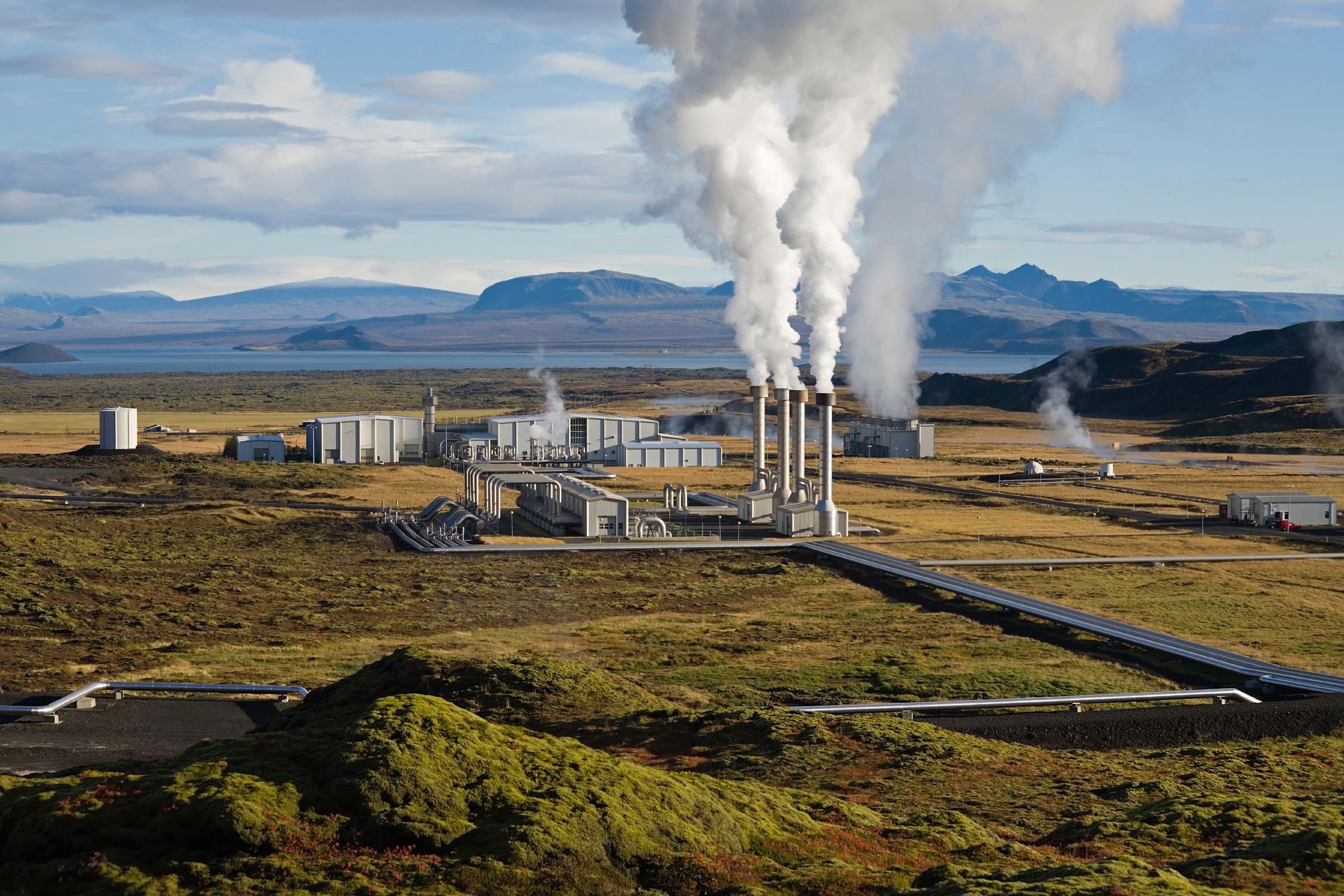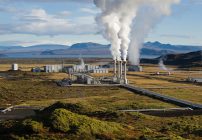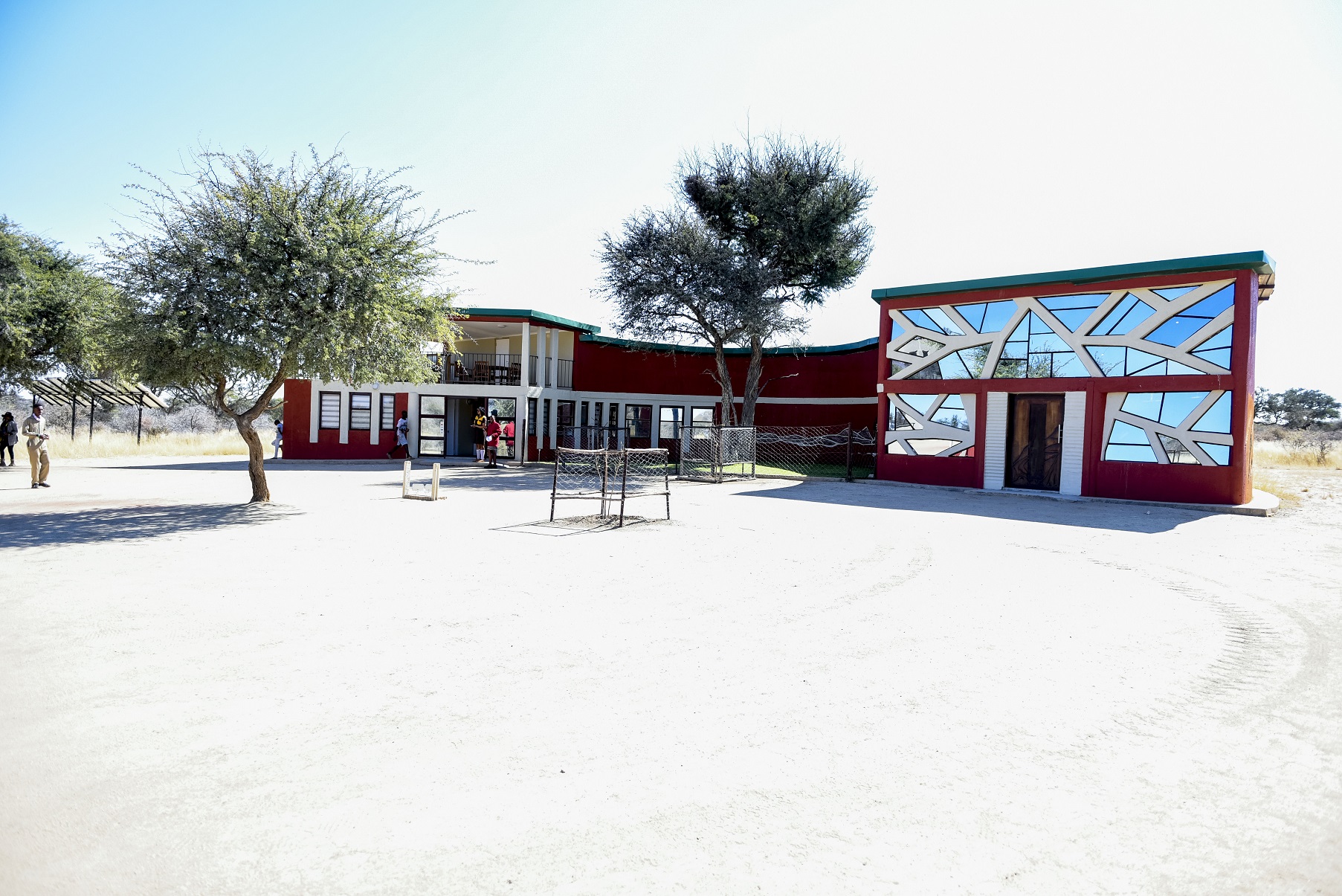The word “geothermal” comes from the Greek words geo (earth) and thermos (heat). This energy can be harnessed in a variety of ways, including through geothermal power plants, which use heat from underground to generate electricity.
Geothermal energy is considered a clean, sustainable source of energy and has the potential to reduce greenhouse gas emissions and dependence on fossil fuels.
Africa is well known for Geothermal Energy associated with the East African Rift System (EARS).
If you aren’t familiar, that’s a region that extends through Tanzania, Burundi, Rwanda, Uganda, Kenya, Ethiopia, Djibouti, and Eritrea. With that in mind, do you believe that geothermal energy could be a possibility for Namibia?
Well we decided to choose the road less traveled in a quest for the finer things in life. That’s right, our choice of an environmentally friendly magazine is 98% CFC-free and it validates our dedication to sustainability.
When the editor asked me what I wanted to speak about. I told him that I wanted to speak on Thermal Energy.
He then asked me why, because he was hoping for another real estate development piece but I told him energy is part of real estate.
The reason I want to dive in on this topic is simple: There are over 24 reported geothermal springs in Namibia, with the majority concentrated in the Damara Orogenic belt, and it’s time that we started talking about all the possibilities that they represent.
Geothermal energy is a form of renewable energy derived from the heat of the earth.
As Namibians are trying to find their feet on this important issue, the sustainable energy discussion is becoming relevant worldwide. While solar energy and green hydrogen have certainly gained a lot of attention recently in Namibia, thermal energy is another viable option that should not be overlooked.
Thermal energy harnesses the heat energy from the earth, such as geothermal energy, as well as from sources like combustion of biomass, to generate electricity or heating and cooling. It offers a reliable and constant source of energy, with low emissions.
Additionally, thermal energy can be stored and dispatched as needed, making it a valuable asset to any energy grid. Overall, I believe that pursuing multiple sustainable energy options is important for reducing our reliance on fossil fuels and mitigating the effects of climate change.
Windhoek is locally known by the Nama people as Ai =//gams (fire water) and by the Herero people as Otjomuise (the place of smoke).
This is no surprise, as Geothermal waters discharge in several springs in Namibia, usually located on tectonic lines. Locations of the springs are well documented.
High concentrations of fluoride may present a problem for exploitation of geothermal waters, but we need to read broadly as well.
The indigenous names give us a hint on the possibility that where there is smoke there is fire.
Maybe it is time to recall our boys in the diaspora and deploy our engineers, chemists and financiers to look at this possibility.
Namibia’s thermal energy sources have yet to be extensively discovered, but there are some known hot springs that could potentially serve as geothermal energy sources. The most prominent of these geothermal sites is the Brandberg Mountain range in the northwestern part of the country, which has several hot springs. Additionally, the Omawete hot springs in the Kunene region have
been identified as having geothermal potential. With further exploration and a lot of current development, the choice is ours.
Namibia’s rich natural springs could be harnessed for renewable energy production.
Brandberg Mountain is a beautiful and iconic mountain located in Namibia. Its highest peak is known as Königstein and stands at 8,550 ft tall. The mountain is known for its stunning landscape, unique rock formations, and ancient San rock paintings.
It is also home to a variety of plants and wildlife species, including the Desert Elephant and the Namib Desert beetle. The Brandberg mountain forms part of a massif separating the two major deserts of Namibia: the Namib to the West and the Kalahari to the East.
Many people visit the Brandberg Mountain each year to explore its natural beauty and historical significance. The future green world, without greenhouse gasses, is possible and could produce electricity from renewable energy resources.
Geothermal is one of the most potential clean energy
sources to be developed in the next century. The geothermal energy potential study needs the temperature value and amount of stored heat in the underground rocks.
I was lucky enough to have met professor Munawar Karim Ph.D a visiting Professor of Physics and a Fulbright Scholar who is currently attached to Namibia University of Science and Technology. He encouraged me to write on this topic.
I shared my thoughts and he welcomed me to the club.
Thermal energy is more than just a possibility, it’s a viable and important option for sustainable energy in Namibia. In a world where we’re trying to reduce our reliance on fossil fuels and combat climate change, choosing multiple sustainable energy options, including thermal energy, is essential.
Wind and solar will dominate as clean power capacities rise, resulting in reduced bulk power system costs.








